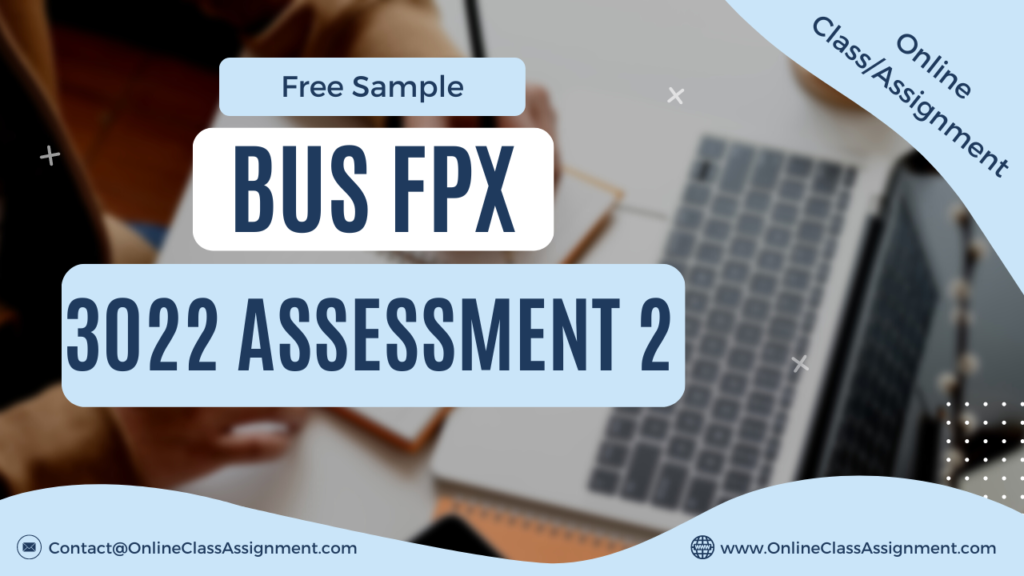
BUS FPX 3022 Assessment 2 SCM Case Analysis: Forecasting and Planning
Student Name
Capella University
BUS-FPX3022 Fundamentals of Supply Chain Management
Prof. Name
Date
Apple Case Study: Business Model
Apple operates as a vertically integrated entity encompassing computer hardware and software production, service provision, and retailing (Bajarin, 2011). The company exercises control over nearly every aspect of its supply chain, spanning from research and development to product recycling. This control extends to both physical and digital products, which are distributed globally under tight security protocols. While Apple engages with third-party suppliers and retailers, its considerable size grants it substantial influence over contractual terms, quality assurance, and overall customer experience. Notably, the company’s commitment to quality is evident in the decreasing failure rates of its newer devices, such as the iPhone X series, which exhibited a mere 3% failure rate compared to 22% for earlier models (O’Dea, 2020). Furthermore, Apple has consistently secured the top position in the Gartner Supply Chain Top 25 list since 2013 (Lu, 2020).
SCM Comparison: Apple and Amazon
Despite both being prominent tech firms with interests in device manufacturing and digital retailing, Apple and Amazon have distinct business focuses. While Apple maintains a centralized distribution approach with limited warehouses, Amazon boasts a network of 110 fulfillment centers (FBA Help, 2021). Apple predominantly sells its proprietary products, whereas Amazon functions as a marketplace for various sellers, including third-party vendors. Nevertheless, both companies prioritize optimizing their supply chains through data-driven strategies to enhance efficiency and profitability. Notably, Apple’s emphasis on high-margin products has propelled it to become the world’s most profitable company, while Amazon prioritizes growth over immediate profitability (Molla & Rey, 2017).
Transportation Strategy
In a departure from its centralized distribution model, Apple initiated a strategy in 2020 to ship products directly from retail stores to customers within a 100-mile radius using carriers like UPS and FedEx (Solomon, 2020). This shift aims to expedite delivery times, particularly crucial during peak periods like the holiday season. While this strategy increases air freight costs, it aligns with Apple’s preference for quick delivery, essential for maintaining its limited inventory strategy. However, the company still faces challenges in balancing shipping costs and delivery times, especially during peak demand periods (Casteren, 2018).
Challenges and Risk Mitigation
Much of Apple’s supply chain success can be attributed to the strategic leadership of its CEO, Tim Cook, who previously spearheaded the company’s supply chain operations (Lu, 2020). However, the COVID-19 pandemic highlighted vulnerabilities inherent in Apple’s just-in-time manufacturing and global supply chain dependencies. To mitigate such risks, the company has diversified its distribution strategy, investing in decentralized distribution channels to enhance resilience (Bernshteyn, 2021). Additionally, maintaining higher levels of essential inventory materials and exploring mixed-mode distribution methods could further bolster resilience against future disruptions.
Economic and Political Factors
Apple’s heavy reliance on manufacturing facilities in China presents long-term risks, particularly concerning political stability and labor conditions (Textor, 2021). Despite China’s rapid economic development, political uncertainties and human rights concerns pose significant challenges to Apple’s operations. Consequently, diversifying manufacturing locations could mitigate geopolitical risks, although such a transition would require substantial investment and could impact product pricing and profitability.
Pricing Promotions
Unlike many technology companies, Apple seldom discounts its latest product lines, preferring to maintain premium pricing (Farfan, 2019). While occasional promotions may occur, particularly during events like Black Friday, Apple primarily relies on brand reputation and product quality to sustain sales at full price.
References
Bajarin, B. (2011, July 1). Why competing with Apple is so difficult. Time. Retrieved October 13, 2021, from https://techland.time.com/2011/07/01/why-competing-with-apple-is-sodifficult/.
Bernshteyn, R. (2021, August 26). Today’s businesses need to be agile and Flexible, starting with supply chains – sponsor content from coupa. Harvard Business Review. Retrieved September 19, 2021, from https://hbr.org/sponsored/2021/08/todays-businesses-need-tobe-agile-and-flexible-starting-with-supply-chains.
Casteren, J. van. (2018, March 30). How the new iPhone drives up the cost of Air Freight. My Logistics Magazine. Retrieved October 15, 2021, from http://mylogisticsmagazine.com/air/new-iphone-drives-cost-air-freight/.
BUS FPX 3022 Assessment 2 SCM Case Analysis: Forecasting and Planning
Farfan, B. (2019, December 5). Does Apple use discounts, deals or promotions to sell Apple products? The Balance Small Business. Retrieved October 15, 2021, from https://www.thebalancesmb.com/apple-deals-promotions-2891801.
Lu, C. (2020, April 15). Apple supply chain – the best supply chain in the world. Supply Chain Management. Retrieved October 13, 2021, from https://www.tradegecko.com/blog/supply-chain-management/apple-the-best-supplychain-in-the-world.
Molla, R., & Rey, J. D. (2017, May 15). Amazon’s epic 20-year run as a public company, explained in five charts. Vox. Retrieved October 15, 2021, from https://www.vox.com/2017/5/15/15610786/amazon-jeff-bezos-public-company-profit-revenue-explained-five-charts.
O’Dea, S. (2020, June 9). IPhone failure rate by Model Worldwide 2017-2018. Statista. Retrieved October 13, 2021, from https://www.statista.com/statistics/804359/iphone-failure-rate-bymodel-worldwide/.
Solomon, M. (2020, October 13). Apple ship-from-store strategy ends total reliance on centralized distribution. FreightWaves. Retrieved October 15, 2021, from https://www.freightwaves.com/news/apple-ship-from-store-strategy-ends-total-relianceon-centralized-distribution.
Textor, C. (2021, August 6). China: Average annual wages 2020. Statista. Retrieved October 15, 2021, from https://www.statista.com/statistics/743522/china-average-yearlywages/#:~:text=With%20increasing%20living%20standards%20and,from%2037%2C147%20yuan%20in%202010.
BUS FPX 3022 Assessment 2 SCM Case Analysis: Forecasting and Planning
Get Capella University Free Business Samples
BUS FPX 3007
BUS FPX 3011
BUS FPX 3021
BUS FPX 3022
BUS FPX 3030
BUS FPX 3040
BUS FPX 3050
BUS FPX 4012
